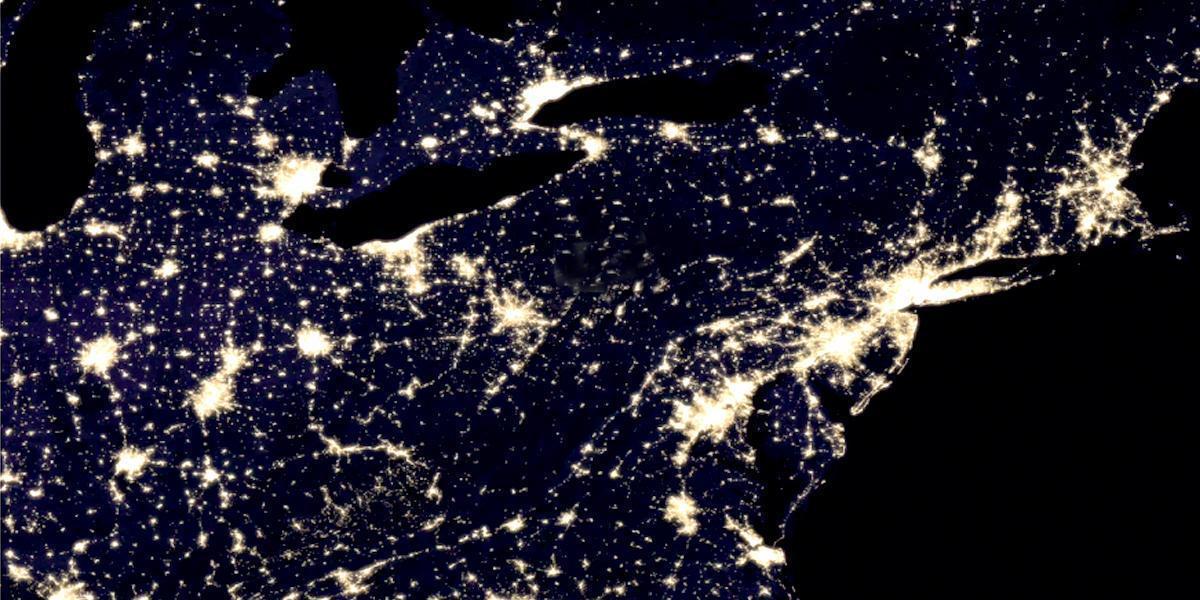

NASA scientists created the most complete map of Earth at night to date—showing humans in all of their electric glory. But, while the photos are magical, they also show human’s extreme effect on the planet.
The map, which shows a nightly Earth as it was in 2016, was made through a composite of images collected from the Suomi National Polar-orbiting Partnership (NPP) satellite.
[facebook https://facebook.com/EcoWatch/videos/1512717712074494/ expand=1]
According to NASA, creating a night map is very challenging and can only be updated every four or fives years. One large glowing obstacle is the moon, which can effect the clarity of the night lights depending on where it is positioned during each month of observation. So, the scientists had to gather moonlight-free images and color correct the ones that weren’t so it all matched.
The goal of the partnership is to create a real-time night map that shows the earth as it is in any given moment. This will help scientists understand how light evolves throughout a certain period.
“We can monitor cyclical changes driven by reoccurring human activities such as holiday lighting and seasonal migrations,” said Miguel Román of NASA’s Goddard Space Flight Center. “We can also monitor gradual changes driven by urbanization, out-migration, economic changes and electrification. The fact that we can track all these different aspects at the heart of what defines a city is simply mind-boggling.”
Electricity has really only taken hold in human life in the past century. So, this map opens a lot of doors for scientists still trying to understand how humans are creating light pollution and the effect it has on natural habitats.
Light is most disruptive to nocturnal wildlife, and can confuse an animal’s migratory patterns, affect their ability to compete for and catch prey, and even cause physiological harm. Life depends on the natural fluctuation of light and dark; so disruption to these patterns impacts the ecosystem in a major way.
Now, thanks to NASA, we have a more complete understanding that will help humans and wildlife alike.

 233k
233k  41k
41k  Subscribe
Subscribe 